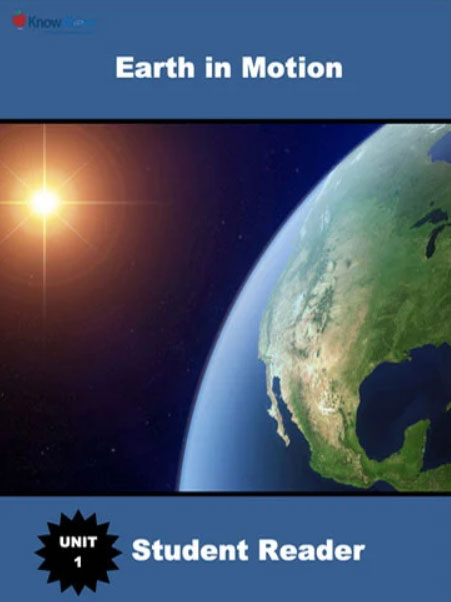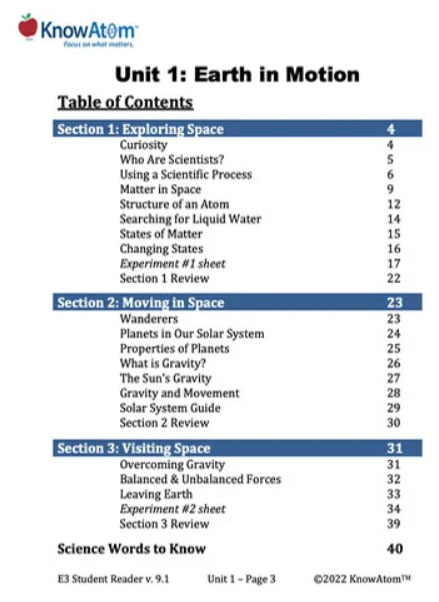In this lesson, students create a model solar system to observe the motion of planets and how the force of gravity affects their orbits. Once students understand how all matter is made up of atoms and can change when heat is added or removed, they analyze how gravity is an attractive force between all matter and depends on the masses of the different objects. Specifically, they discuss how the sun’s gravity holds all of the planets of our solar system in orbit around it because the sun is so much more massive than the other objects in the solar system.





.png?width=337&height=403&name=Screenshot%20(9).png)


